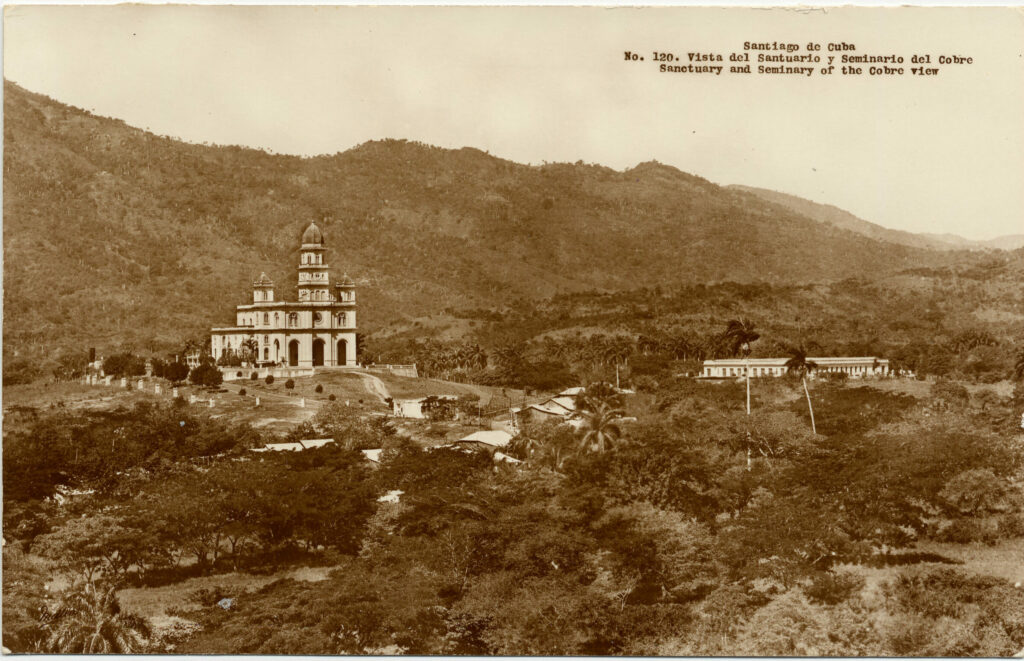Cuba

This section of the project will focus on eastern Cuba, an area of the island that witnessed the rise of highly capitalized sugar production during the first half of the twentieth century. Between 1820 and 1959, Cuba was the largest sugar producer for the world markets. During the nineteenth century, most sugar production remained concentrated in west-central Cuba. The east, on the other hand, was home to a demographically significant free rural population of African descent who owned land (mostly without title). After Cuba’s independence from Spain and the withdrawal of US military occupation in 1902, the east attracted a significant migration of people of African descent who thought this was an attractive area both because of its demographics and because of land availability. It also attracted US capital investors who established large industrial sugar companies (centrales), removing from Black peasants who lacked property titles from the land. Through petitioning, litigation, journalism, and protest, peasants and activist lawyers developed theories of property ownership that were at odds with the hegemonic ideology of titled full dominium rights. Such theories and practices pointed to untitled peasant land occupation as a benefit for the state and for forested areas (whom the peasants claimed they could protect). Within their reading, landed property was supposed to have a social function; they expected the state to treat it as such.